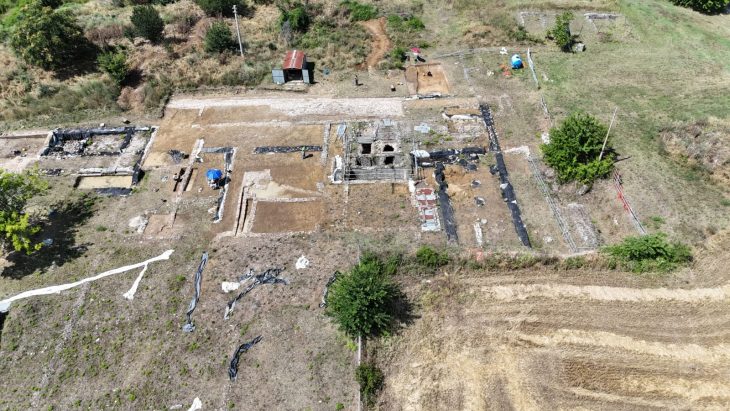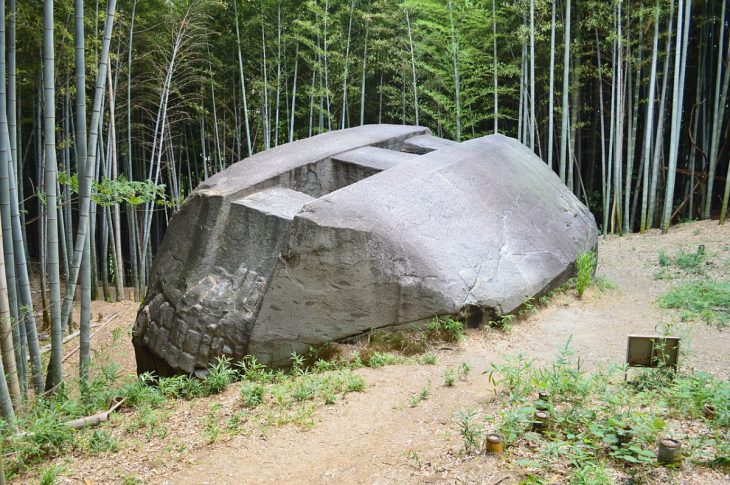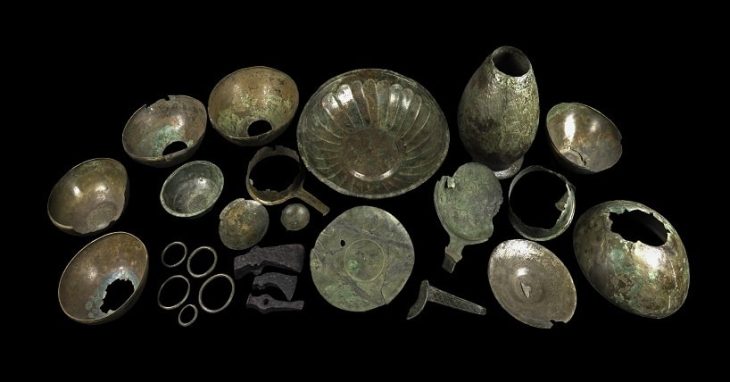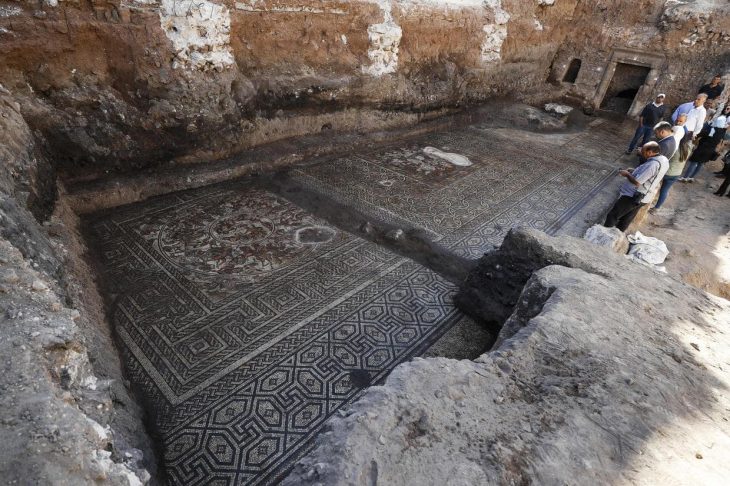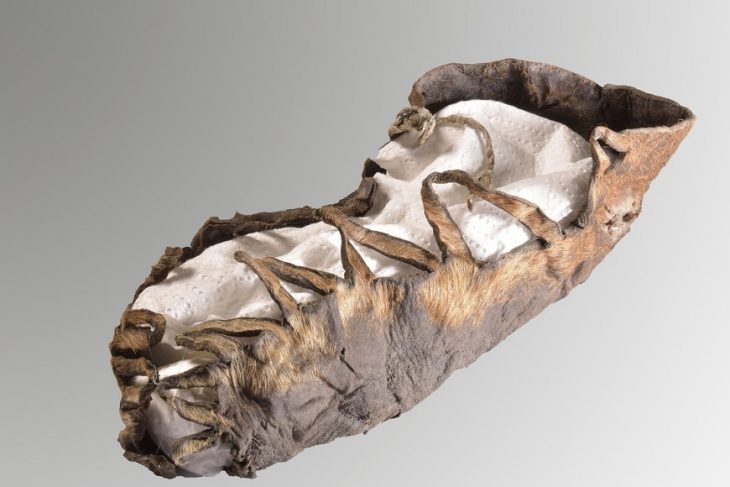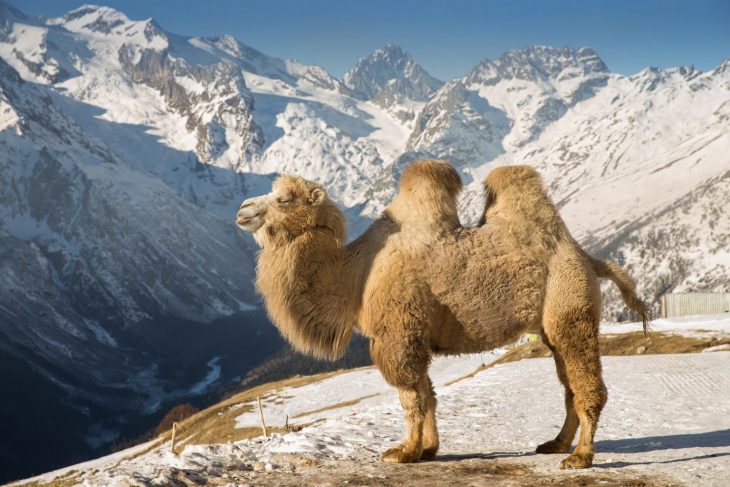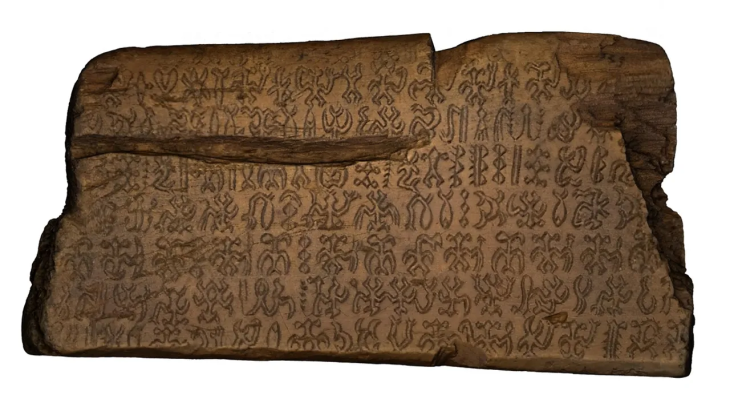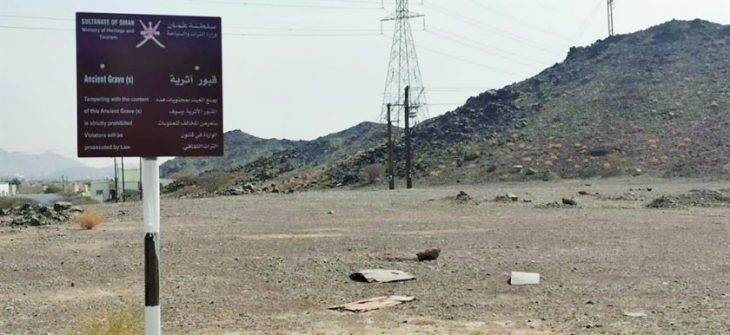In Lejre, the northwestern part of the island of Zealand in eastern Denmark, detectorists have uncovered an exceptionally rare fragment of a helmet dating back to the period just before the Viking Age. The two helmet pieces were discovered at the Lillebro site near Lejre.
This gold-plated piece, adorned with red gemstones, once belonged to one of Scandinavia’s most magnificent helmets, revealing close connections to present-day England and Sweden.
With its gold plating, gemstones, and intricate animal ornamentation, the helmet fragment found in 2024 will soon shine in a display case at Lejre Museum. “Finding helmet pieces is a rare occurrence in Denmark. This fragment comes from what must have been one of Scandinavia’s most splendid helmets,” says Julie Nielsen, the archaeological director of ROMU.
The bronze fragment is gilded and features a red gemstone known as a garnet. The fragment consists of two parts discovered in the same field, fitting together like pieces of a puzzle. Together, they form most of the helmet’s brow arch, indicating their distinctive curved shape.
“The gold, the ornamentation, and the garnet all highlight the helmet’s grandeur. The ornamentation—a creature with prominent teeth and large eyes—reflects the style we recognize from the later Germanic Iron Age; this fragment dates from between 650 and 750 AD,” said Julie Nielsen.
The helmet serves as a testament to the grandeur and status reflected in Lejre’s hall buildings and burial monuments from the same period. According to Julie Nielsen, the archaeological director of ROMU, this artifact was likely a significant item reserved for a king or a high-ranking individual within the region’s hierarchical society. “The deep red garnet has long been associated with strength. The intricate ornamentation on the helmet narrates a story of immense power belonging to its owner,” she explains.
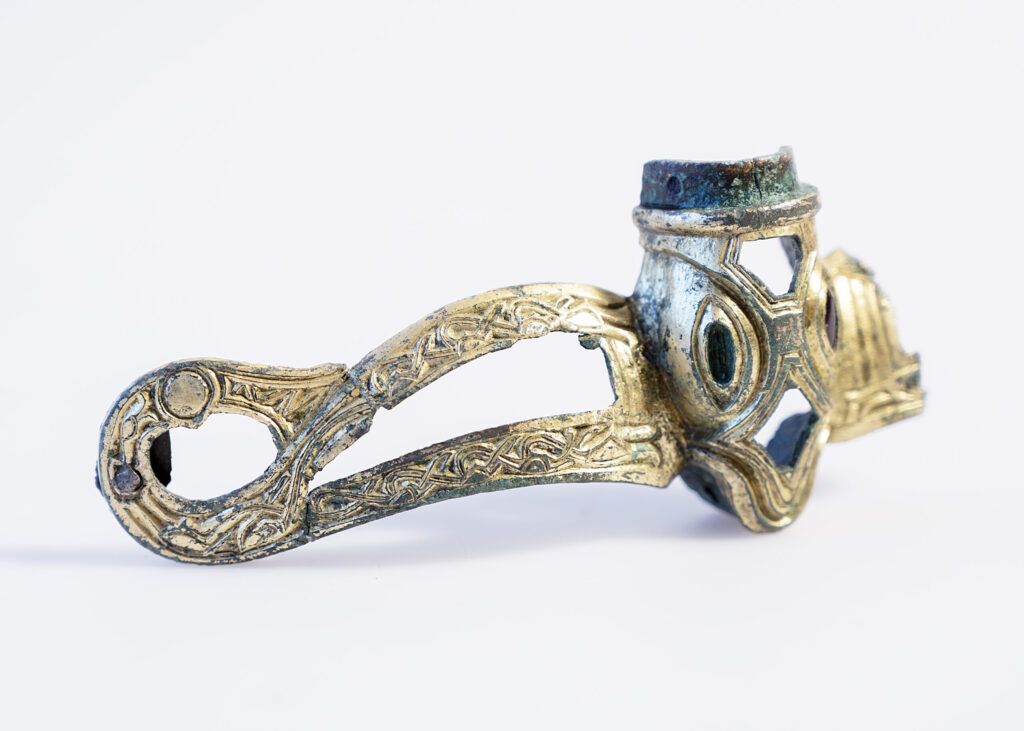
Nielsen posits that the helmet was not intended for battle, noting that during the later Germanic Iron Age, Lejre was not a site of local conflict but rather a center for political and religious elites. The focus here was on worship, exaltation, networking, and trade, extending even across national borders.
“We observe similar helmet fragments in neighboring countries to the east and west—England and Sweden—indicating that Lejre was situated at the heart of a significant trade axis,” she adds.
In the extensive study “Viking Dynasties,” researchers from ROMU, the National Museum, and Uppsala University draw comparisons between Lejre’s legendary royal seat and a sister dynasty in Gamla Uppsala, Sweden. John Ljungkvist, an archaeologist and senior researcher at Uppsala University, has meticulously examined the helmet fragment from Lejre and emphasizes its unique construction: “Unlike other helmets that feature three separate fittings, this helmet’s brow arch is crafted as a single piece. We have not encountered a similar variant of this exclusive helmet before.”
Ljungkvist considers the ability to produce a helmet of this caliber to be extraordinary: “This represents craftsmanship of exceptional quality—comparable to that of the renowned helmet from the Sutton Hoo ship burial in England.”
The discovery will be showcased at the Lejre Museum during a special opening for the winter holiday in week 8.
Cover Image Credit: Kristian Grøndahl / ROMU


